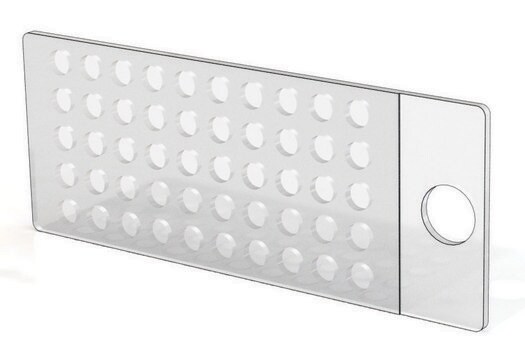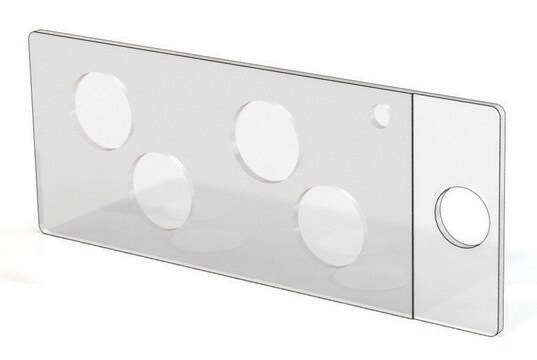Z734853
Nunc® Lab-Tek® II chambered coverglass
8 wells, polystyrene chambers, 1.5 borosilicate coverglass, 0.7 cm2/well, 96/cs
Synonym(s):
chamber slides, microscope slides, microscopy slides
About This Item
Recommended Products
material
borosilicate glass
colorless
polystyrene chamber
sterility
non-sterile
sterile
quality
CE marked
packaging
case of 96
manufacturer/tradename
Nunc 155409
W × L
24 mm × 55 mm
well area
0.7 cm2
wells
8
working volume
0.2-0.5 mL
suitability
suitable for (high power inverted microscopic viewing; confocal image analysis)
Looking for similar products? Visit Product Comparison Guide
General description
- Excellent for confocal image analysis
- Optimal for high-power inverted microscopic viewing
- Chambered coverglass
- The medium chamber is not removable
Features and Benefits
- Ideal for culture, examining, and analyzing living cells on a single device.
- Available in 1, 2, 4, and 8-well formats.
- Media chamber safely mounted to the No. 1.5 borosilicate coverglass using biocompatible acrylic adhesive.
- Optimal gas exchange ensured with minimal evaporation via tabbed polystyrene cover.
- Shipped conveniently in stackable incubation trays.
Legal Information
Certificates of Analysis (COA)
Search for Certificates of Analysis (COA) by entering the products Lot/Batch Number. Lot and Batch Numbers can be found on a product’s label following the words ‘Lot’ or ‘Batch’.
Already Own This Product?
Find documentation for the products that you have recently purchased in the Document Library.
Customers Also Viewed
Our team of scientists has experience in all areas of research including Life Science, Material Science, Chemical Synthesis, Chromatography, Analytical and many others.
Contact Technical Service







